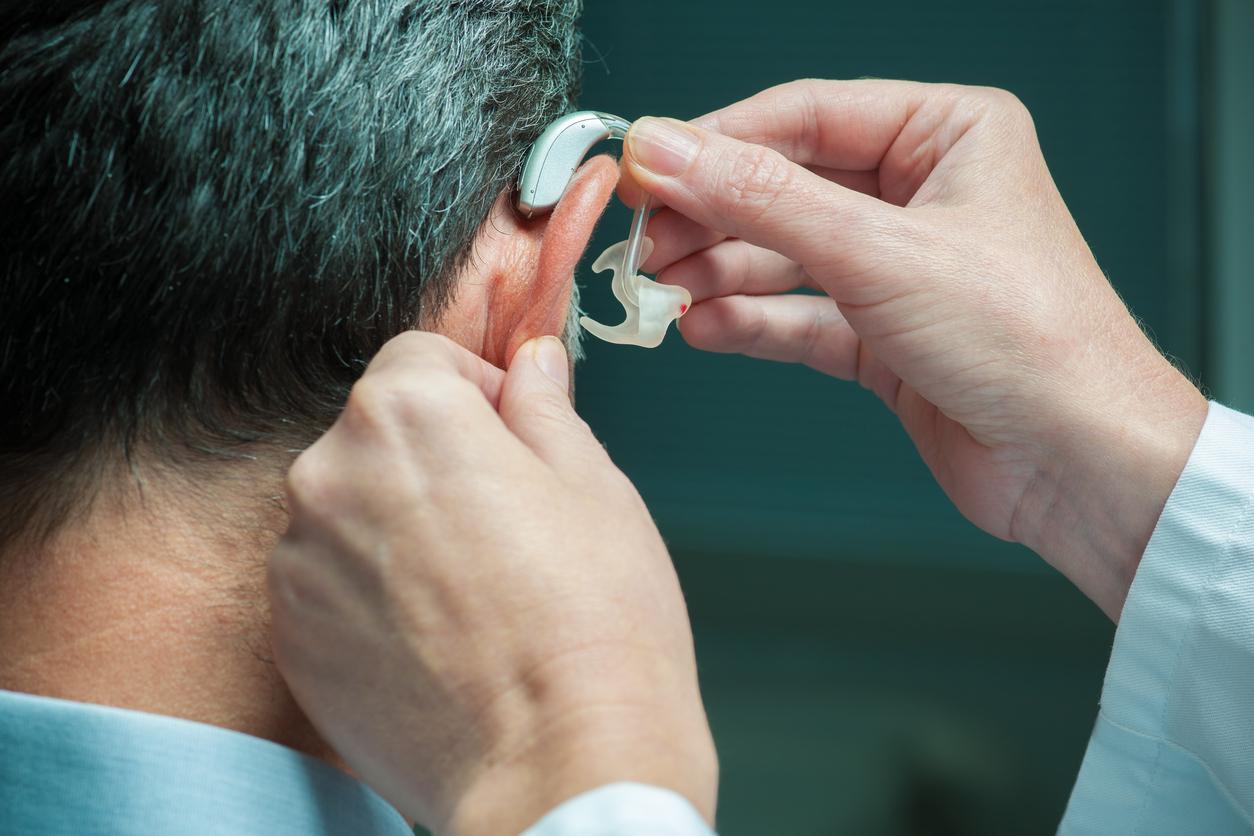One in four people are expected to have hearing problems by 2050, according to the WHO.

- One in four people are expected to have hearing problems by 2050, according to the WHO.
- More than 60% of hearing problems can be detected and treated at the primary care level.
- There is a lack of training among first responders and a lack of experts according to the WHO.
Hearing loss is a real public health problem. It is one of the most common problems in the world. However, ear care is not always well integrated into the national health system, warned the WHO on World Hearing Day on March 3.
Hearing: more than 60% of disorders can be detected by primary care
According to a 2021 WHO reportalmost 2.5 billion people worldwide, or one in four people, will suffer from hearing loss to varying degrees by 2050. In addition, at least 700 million of them will need ear care such as hearing aids.
“Over 60% of these problems can be detected and treated at the primary care level”, specifies the organization on its website. However, this previous work had revealed that the care and prevention of hearing disorders were not “integrated into the national health system” in numerous countries. In an attempt to eliminate this problem, the WHO published in early March 2023 a training manual on hearing problems for healthcare professionals and general practitioners who are closest to patients.
Hearing impairment: a lack of human resources
Studies have shown that the lack of information, the stigmatization of hearing diseases or the lack of screening and prevention are factors in the progression of hearing disorders. Another problem is the lack of hearing specialists.
“In about 78% of low-income countries, there is less than one ENT specialist per million people; 93% of these countries have less than one audiologist per million people; only 17% have at least one speech therapist per million people; and 50% have at least one deaf teacher per million people”noted the WHO in 2021.
Furthermore, even in countries where the proportion of hearing care professionals is relatively high, they are unevenly distributed. “These disparities not only create difficulties for people who need to seek care, but impose an excessive burden on the categories of personnel providing these services”.

















